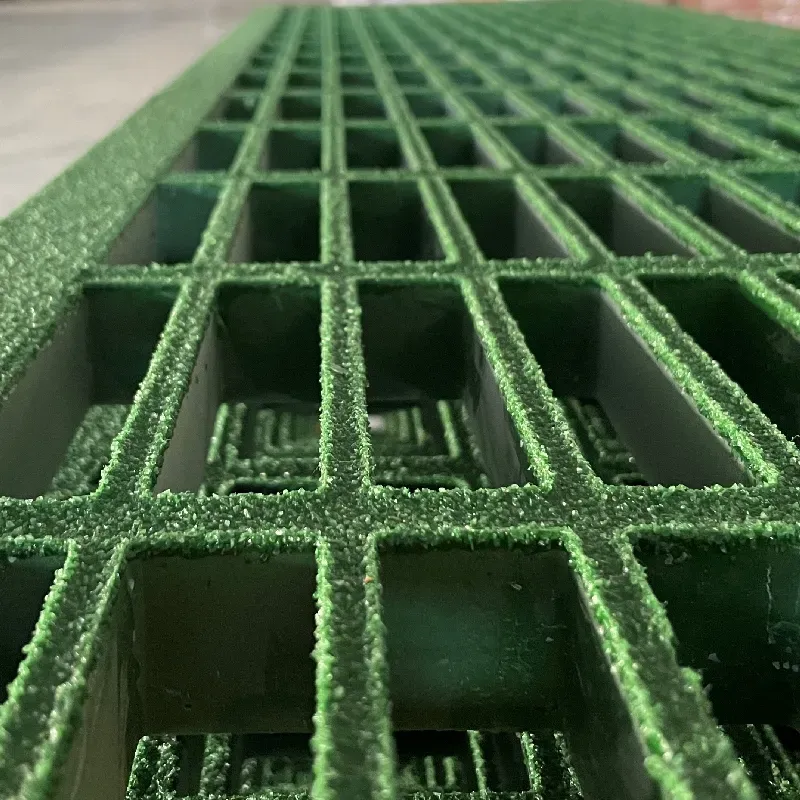loading...
- No. 9, Xingyuan South Street, Dongwaihuan Road, Zaoqiang County, Hengshui, Hebei, China
- admin@zjcomposites.com
- +86 15097380338
- Welcome to visit our website!
water pressure tank
Understanding Water Pressure Tanks How They Work and Why They Matter
Water pressure tanks are an essential component of many water supply systems, providing a stable and reliable source of water at the desired pressure. Whether in residential, agricultural, or industrial applications, these tanks play a critical role in ensuring efficient water distribution. This article delves into the function, types, and benefits of water pressure tanks, helping you understand their significance in our daily lives.
What is a Water Pressure Tank?
A water pressure tank, also known as a pressure tank or water storage tank, is a vessel designed to store water under pressure. It works in conjunction with a pump to maintain a consistent water pressure for various applications. When water is drawn from the tank, the pressure reduces, and the pump activates to refill the tank, ensuring a continuous supply. This cycle not only delivers water efficiently but also helps in conserving energy by reducing the number of times the pump operates.
How Do Water Pressure Tanks Work?
The fundamental operation of a water pressure tank revolves around the principles of air pressure and water volume. The tank typically has a diaphragm or bladder that separates the air and water within it. As the pump fills the tank, water enters, compressing the air above the diaphragm. This compressed air exerts pressure on the water, ensuring that it is readily available when a tap or fixture is opened.
The pressure settings are usually adjustable, allowing homeowners to maintain their preferred water pressure levels, typically between 40 to 60 psi (pounds per square inch). When the pressure drops below the preset threshold, the pump kicks in to refill the tank, ensuring that the water system functions smoothly without fluctuations.
Types of Water Pressure Tanks
There are primarily two types of water pressure tanks bladder tanks and plain steel tanks.
1. Bladder Tanks These tanks contain an internal bladder that separates the air and water. The bladder expands and contracts as water is drawn from or added to the tank. This design is efficient and minimizes the risk of corrosion since the water does not directly contact the metal surfaces of the tank.
water pressure tank

2. Plain Steel Tanks These are traditional tanks that do not have an internal bladder. Instead, they rely on a combination of air pressure and gravity to deliver water. While they are typically less expensive, they are more susceptible to rust and corrosion, which can lead to leaks and reduce their lifespan.
Benefits of Water Pressure Tanks
Water pressure tanks offer numerous advantages, making them an integral part of water supply systems
1. Consistent Water Pressure One of the primary benefits is the ability to provide consistent water pressure, which is crucial for various household applications, such as showers, washing machines, and irrigation systems.
2. Energy Efficiency By reducing the frequency of pump operation, pressure tanks help in conserving energy. This not only lowers electricity bills but also extends the life of the pump, saving on maintenance and replacement costs.
3. Protection Against Water Hammer Water pressure tanks help mitigate the effects of water hammer, a phenomenon that occurs when water suddenly stops moving in pipes. This can cause loud banging noises and potential damage to plumbing systems. The tank absorbs the shock, leading to a quieter and safer water supply system.
4. Improved Water Quality By maintaining a consistent pressure and minimizing stagnation, pressure tanks can help improve overall water quality. This is especially important in systems where water sits for extended periods.
5. Versatility Water pressure tanks can be used in various applications, including residential homes, farms, and commercial buildings. They can be tailored to fit specific needs based on water usage and demand.
Conclusion
Water pressure tanks are vital in maintaining a reliable and efficient water supply system. With their ability to provide consistent pressure, save energy, and protect plumbing infrastructure, understanding and investing in the right pressure tank can yield substantial long-term benefits. Whether upgrading an existing system or installing a new one, these tanks are an essential consideration for anyone looking to optimize their water delivery setup.
-
GRP Structures: The Future of Lightweight, High-Performance EngineeringNewsJun.20,2025
-
FRP Water Tank: High-Performance Storage for Corrosive and Clean Water SystemsNewsJun.20,2025
-
FRP Square Tube: The New Industry Standard for Chemical and Structural ApplicationsNewsJun.20,2025
-
FRP Pultruded Profiles: The Ultimate Choice for Lightweight Structural StrengthNewsJun.20,2025
-
FRP Handrails: The Safer, Smarter, and Stronger Choice for Modern InfrastructureNewsJun.20,2025
-
FRP Grating: The Smart Solution for Durable, Lightweight Industrial FlooringNewsJun.20,2025
-
Why Choose a Galvanized Water Tank for Your Storage NeedsNewsMay.21,2025
